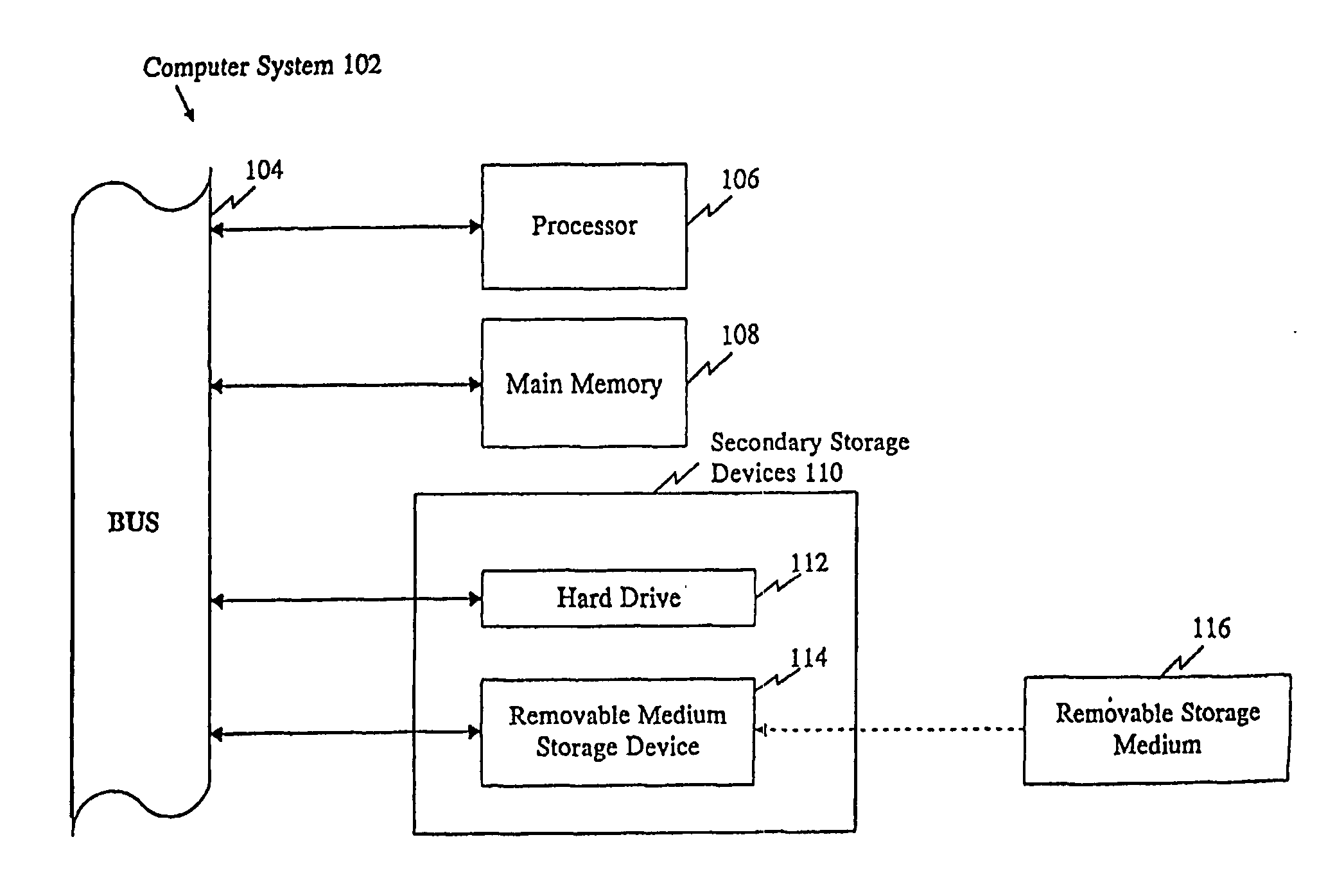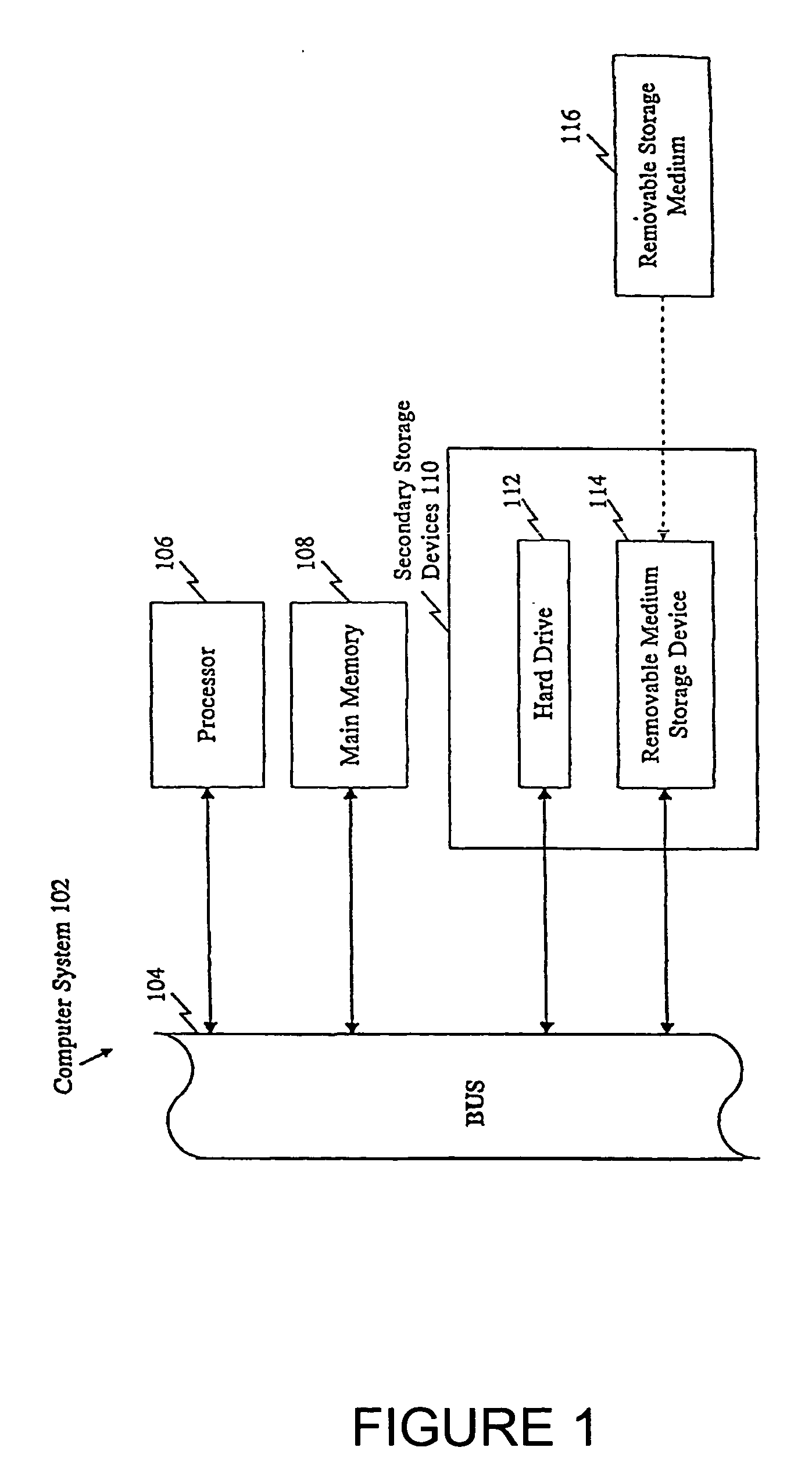Polymorphisms in known genes associated with human disease, methods of detection and uses thereof
a technology of human disease and polymorphisms, applied in the field of human disease diagnosis and therapy, can solve the problems of defective protein, defective polypeptide chain premature termination, and lethal mutation of homozygous sickle cells, and achieve the effect of high degree of sequence similarity
- Summary
- Abstract
- Description
- Claims
- Application Information
AI Technical Summary
Benefits of technology
Problems solved by technology
Method used
Image
Examples
Embodiment Construction
[0035] General Description
[0036] The shotgun sequencing method was used to sequence and assemble the human genome.
[0037] During the sequencing phase, DNA samples from six individuals of various racial backgrounds (Caucasian, Hispanic, Chinese, and Negro) were sequenced to various extents and the sequence fragments were assembled to obtain an assembled consensus genomic sequence for human. Since DNA was sampled from six individuals, and each individual represents two sets of chromosomes, in addition to the consensus, genetic variation was found in the assemblies. These variations were subjected to rigorous analytical selection to lead to the identification of sequence variations that represent SNPs between the individuals whose DNA was sequenced.
[0038] The genomic assembly and identified sequence variation was then compared to publicly known genes involved in human disease. Regions of the assemblies that represented the corresponding gene were selected and the variations are provi...
PUM
| Property | Measurement | Unit |
|---|---|---|
| nucleic acid | aaaaa | aaaaa |
| resistance | aaaaa | aaaaa |
| frequency | aaaaa | aaaaa |
Abstract
Description
Claims
Application Information
 Login to View More
Login to View More - R&D
- Intellectual Property
- Life Sciences
- Materials
- Tech Scout
- Unparalleled Data Quality
- Higher Quality Content
- 60% Fewer Hallucinations
Browse by: Latest US Patents, China's latest patents, Technical Efficacy Thesaurus, Application Domain, Technology Topic, Popular Technical Reports.
© 2025 PatSnap. All rights reserved.Legal|Privacy policy|Modern Slavery Act Transparency Statement|Sitemap|About US| Contact US: help@patsnap.com


